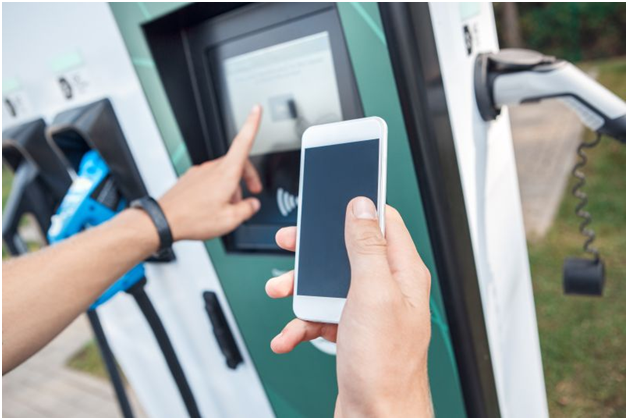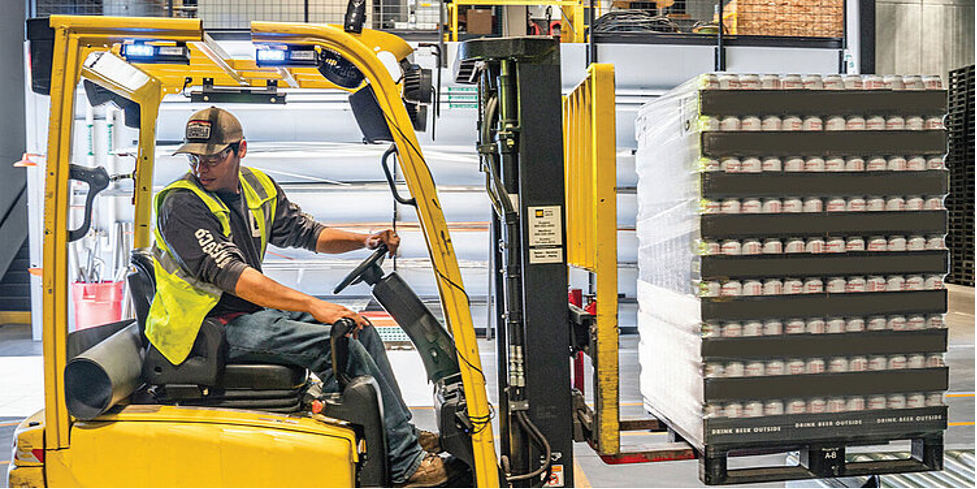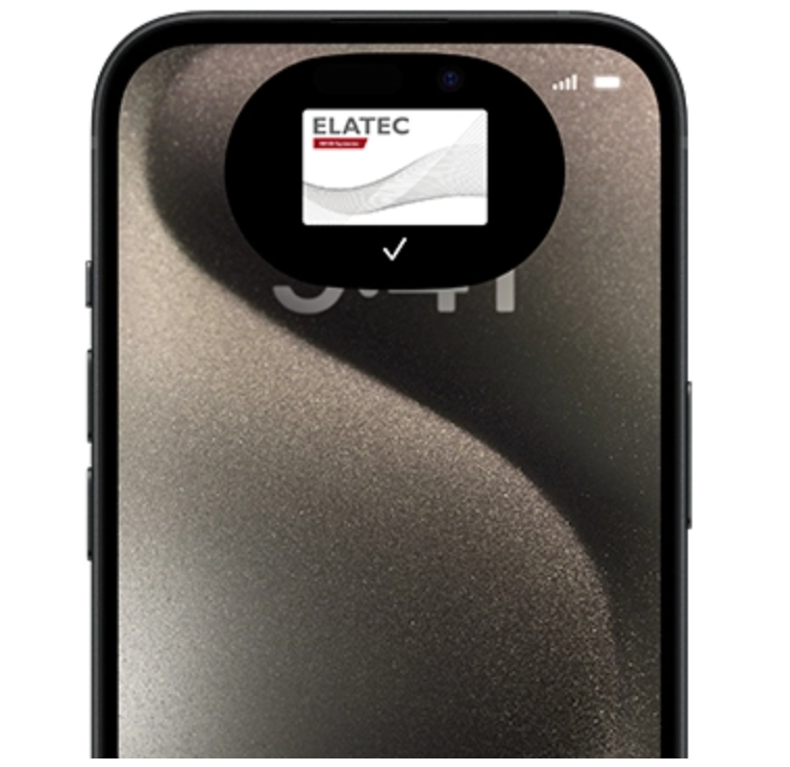The electric vehicle (EV) charging market is growing at lightning speed, both in the U.S. and globally. As both consumers and government and commercial fleets transition to electric, membership-based charging stations are popping up in employee parking lots, tenant parking garages and public areas. Many of these EV charging stations rely on radio-frequency identification (RFID) and smartphone-based BLE or NFC credentialing for member authentication. RFID cards and mobile apps are simple and convenient for tenants, employees and members. Here are six questions charging network managers and charging equipment manufacturers should ask before implementing an RFID reader solution.
1.What wireless technologies does the reader need to support?
Are your end-users likely to use a smartphone to access charging services or a membership card? Or will you need to accommodate both options? More than 60 RFID transponder technologies are in common use worldwide, including lowfrequency (125 kHz) and high-frequency (13.56 MHz) technologies. Smartphones typically use Bluetooth® Low Energy (BLE) or Near-field Communication (NFC) to communicate with the reader. If you are issuing your own membership cards used across your entire network, you may have a lot of control over the technologies used. But if your network supports government or commercial fleet customers, multi-tenant buildings or similar user communities, it may be preferable to allow users to tap in with an existing company or building ID card. A multi-technology reader that supports both HF and LF RFID and BLE and NFC provides the greatest flexibility to meet the needs of users, now and in the future.
Click Here to Read the Rest
Source Elatec RFID
Don’t Let Your Printer be the Weak Link in Your Information Security Plan.


